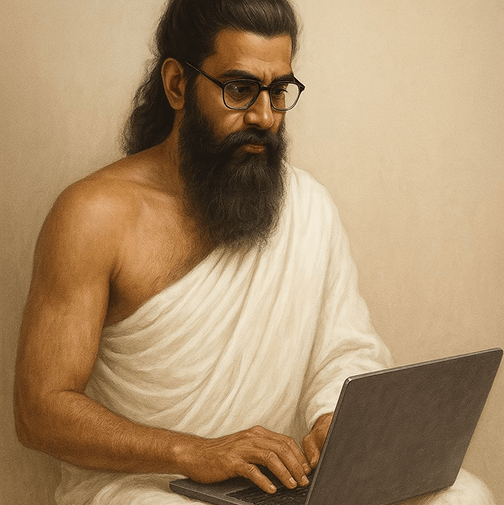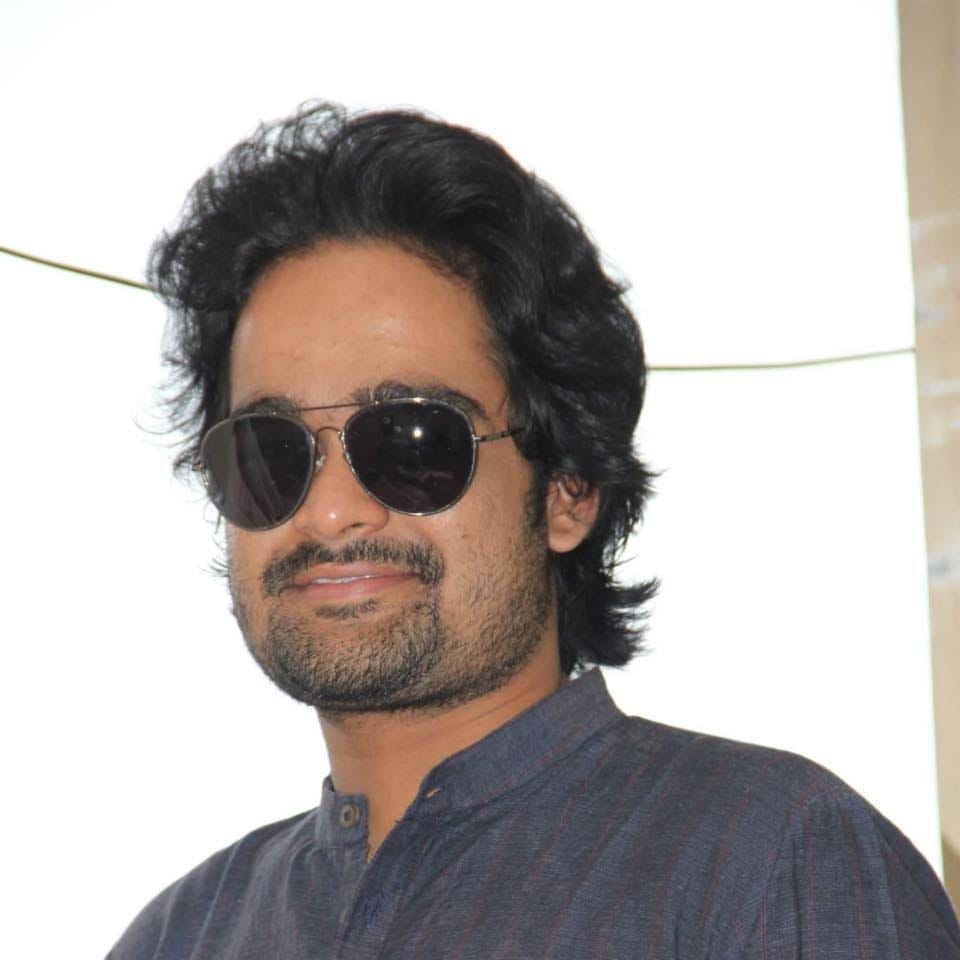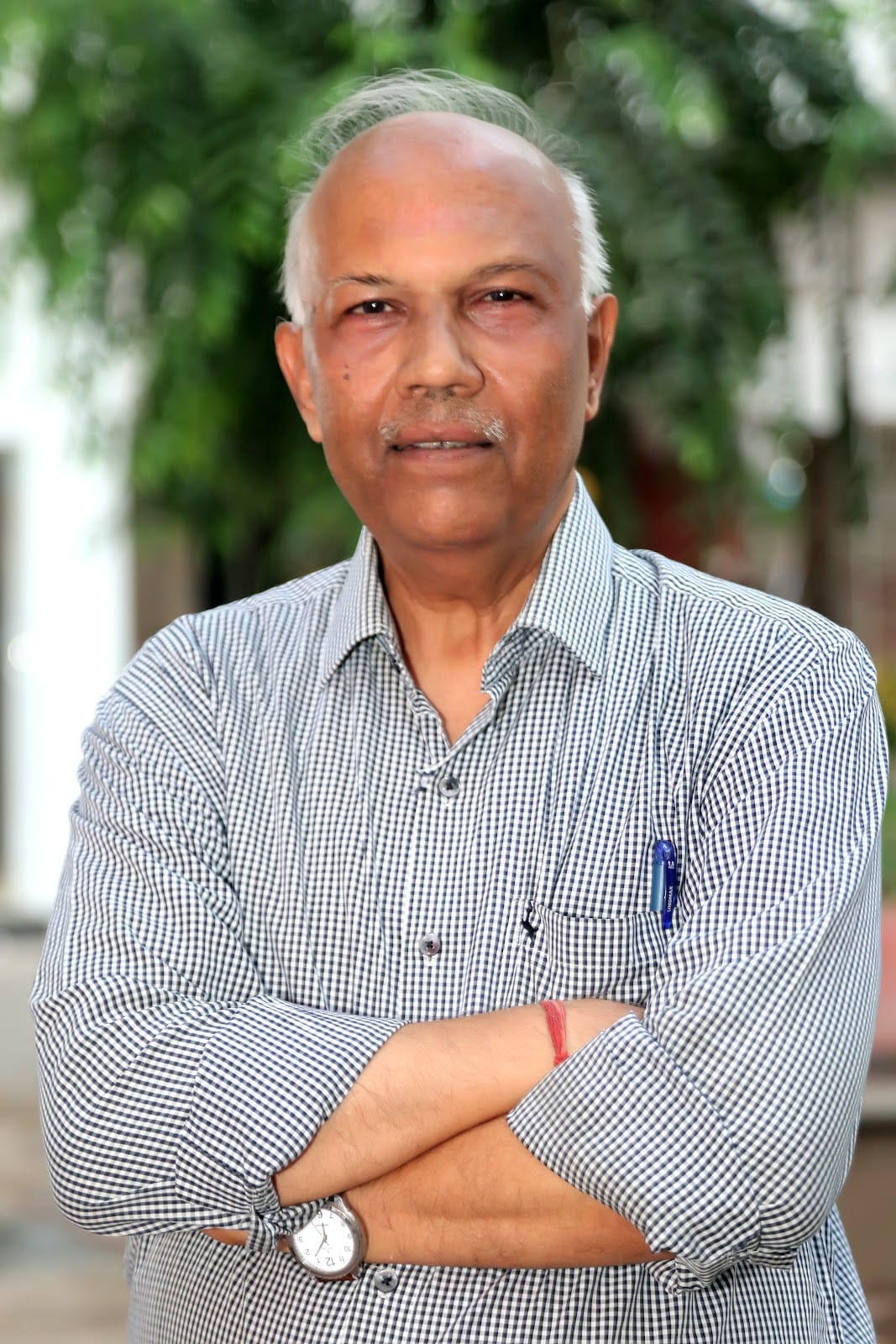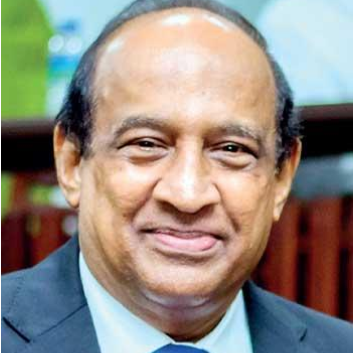
EXCLUSIVE: First Sri Lankan Tamil knight in 50 years — Sir Sabaratnam Arulkumaran on his journey from Jaffna to transforming global maternal care
There is a photograph somewhere in the archives of British medical history: a Tamil man from war-torn Sri Lanka, standing in the wood-panelled chambers of the Royal College of Obstetricians and Gynaecologists, holding a gavel once wielded by some of the most powerful physicians in the Western world. It shouldn't have happened. Not to a boy from Jaffna. Not to someone who began his career in a country that would soon tear itself apart. Not to a Tamil doctor in an era when the world chose to see

Our Special Correspondent




































